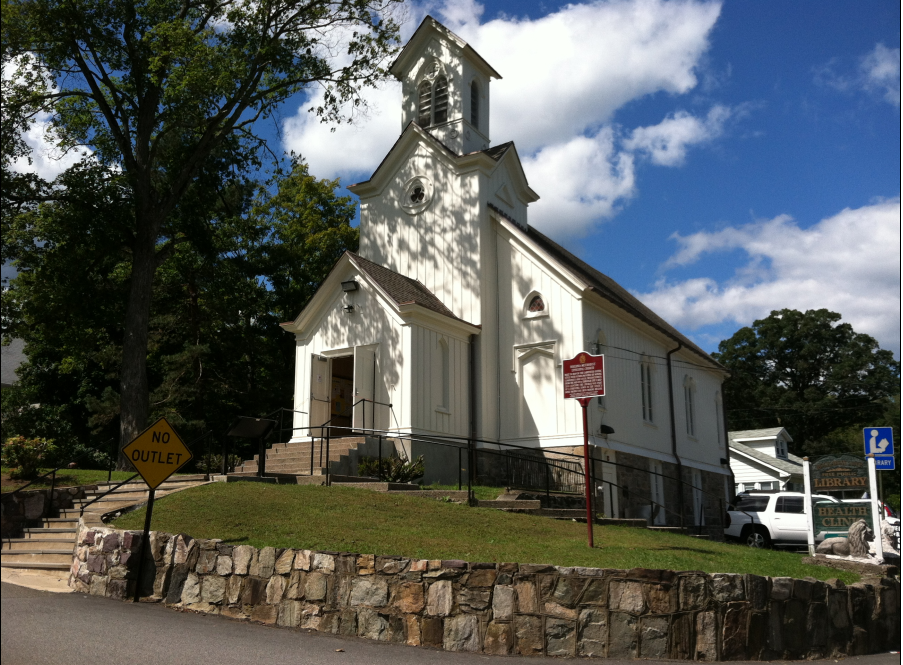Morris County's Miners

According to the Encyclopedia of New Jersey (2004), the earliest miners in New Jersey were Dutch and English (primarily Welsh), migrating to the new world in the 1700s. The mineral riches were sent back to Europe and the reputation of vast resources helped establish New Jersey’s importance to the mining industry.
Later, the Irish, followed by eastern European peoples came to dominate Morris County’s mining labor force.
History records the names of the mining barons, but seldom is the miner remembered. The names of miners were gathered from census data in Morris County; please note in 1880, the census for Teabo Mine makes a distinction between “Works in Mine” and “Miner”. The distinction in labor has not been deciphered but included as part of the population making a living from the mines. Also included, those who made their living in service to miners: shop keepers, physicians, contractors.
Vestiges of mining history-in particular Iron mining-remain in Morris County.
Rockaway Township’s motto is “Iron Spirit”, and its emblem is an anvil.

Established in 1923, breaking away from Randolph Township, “Mine Hill” was selected as the name for the new municipality.
The previous municipal Mine Hill seal reflected its history, depicting mining implements:

The historic preservation and archeological examination of the mining industry remnants may assist in understanding the process of production and shed light on the employees’ lives.
The Town of Boonton, which owes its very existence to The Boonton Ironworks, constructed in 1830, has undertaken preservation and study of the former site, receiving a Morris County Historic Preservation grant in 2021.

The Hibernia District

The Hibernia Branch of the Rockaway Township Library.
The Hibernia district is representative of a 19th century iron mining village. The Hibernia Church (now library) is the most visually intact building in the district. The church was built in 1869 with funds contributed by The Andover Iron Company, the Glendon Iron Company and the mercantile firm of Richards, Beach and Company. The lot itself was donated by Mr. Beach.
It is reported that ore was mined from the Hibernia Furnace as early as 1722. In 1765 the “Adventure Furnace”, later known as Hibernia Furnace, was built by Samuel Ford and supplied shot and ordinance for the Continentals during the Revolutionary War. By the 19th century, the furnace and iron works were destroyed, yet the Hibernia ores prompted development of a number of surrounding mines. Throughout the 19th century, Hibernia was one of the greatest centers of the New Jersey Iron Industry. The village expanded into Lower Hibernia and eastward toward Split Rock and Meriden. After WWII when the Hibernia mines were abandoned, so was most of the village.
Thank you, Rockaway Township Free Public Library
Below is a link to the New Jersey Geological Information App. One layer lists abandoned mines in the state.
NJ Geology Information App (arcgis.com)
This compilation of those who made their living from the mining industry is by no means complete.
If you have information you would like to share, photos, corrections, or additions to this list, please contact Jan Williams at jwilliams@co.morris.nj.us.